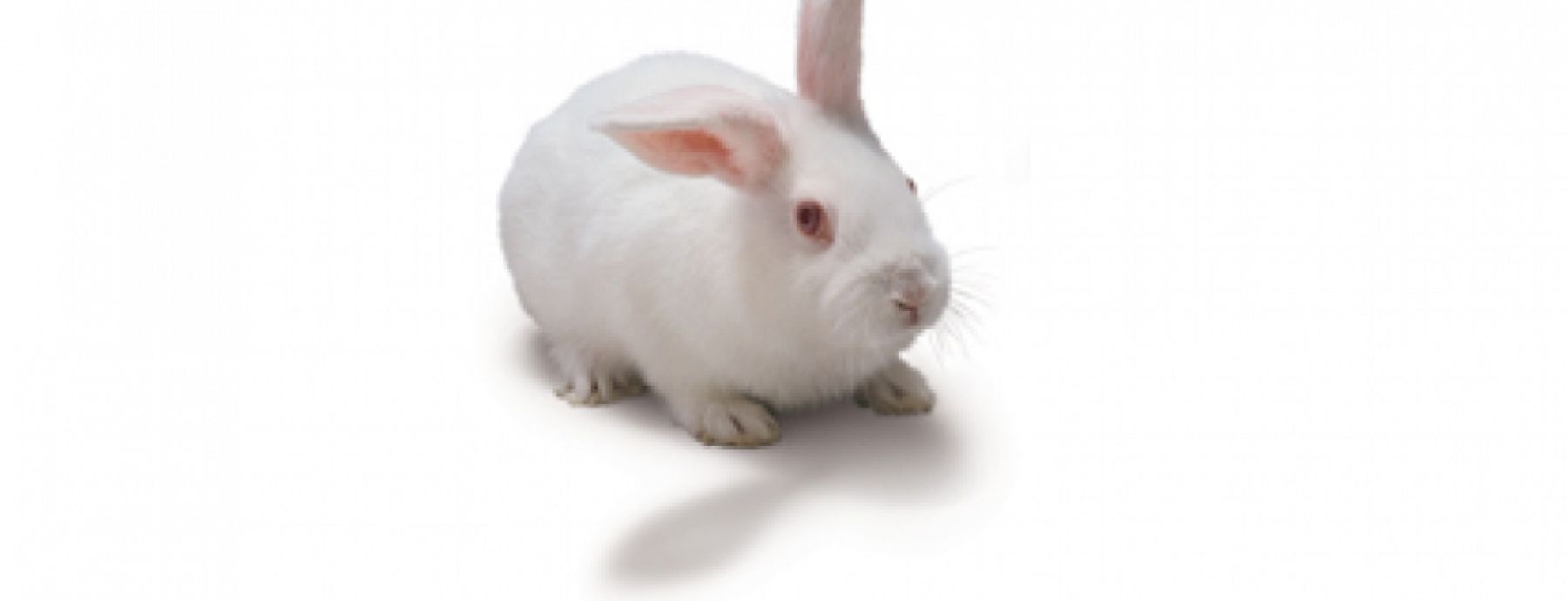The within-host dynamics of helminth infections is largely driven by the immuno-physiological attributes of the host and the within-host competition for resources among parasites. We currently lack a mechanistic understanding of how these constraints affect both infection intensity and parasite traits (i.e. fecundity and shedding). With the goal of elucidating these processes under ecological (i.e. intensity-dependence) and immunological forces, and their influence on the infection phenotype, CIDD scientists Suma Ghosh (now at Shiv Nadar University, India), Matthew Ferrari, Ashutosh Pathak (now at U. Georgia) and Isabella Cattadori, conducted laboratory experiments and developed individual based dynamical models.
Host immunological memory and within-host resource competition likely affect helminth infection differently, both of which can be examined experimentally using infections, re-infections, and anthelminthic treatments. Changes in parasite establishment pre- and post-treatment reflect the impact of host immune memory; consistent parasite dynamics pre- and post-treatment reflects density-dependent regulation of the parasite population. Yet the infection state of a host (parasite number) and the within-host dynamics of infections (changes in parasite number) over the course of the infection are largely unknown, and measureable characteristics of the infection (e.g., egg shedding) often do not reflect true relationships and dynamics. To overcome these limitations, Ghosh, Ferrari, Pathak, and Cattadori utilized state-space models, which link unobservable states to observable measures. Specifically, their goal was to understand how aspects of helminth infections (i.e., fecundity, shedding, and intensity) are constrained by parasite ecology (i.e. population processes) and host immunity by using laboratory experiments with a Trichostrongylus retortaeformis (TR)-rabbit system to develop a within-host state-space model of parasite dynamics.
The state-space model explicitly included parasite intensity, body length, fecundity and shedding and was comprised of nine parameters that were estimated based on the joint likelihood of longitudinal and cross-sectional TR-rabbit experimental data. Experiments showed that rabbits weekly exposed to TR infections displayed a convex relationship between intensity of infection and host age, in the post-treatment they also showed slower parasite accumulation, shorter parasite and delayed increase in egg shedding; this suggests that rabbits developed an acquired immune response against TR. The fitted state-space model appropriately reflected the qualitative patterns displayed by the experimental data, including lower egg shedding and smaller parasites post-treatment. Full model simulations matched the observed data well and implied that parasite establishment was driven by exposure to infective stages, and parasite growth significantly affected egg shedding. Indeed, the model showed a strong effect of treatment and cumulative exposure time on the distribution of parasite length.
Overall, this study provides evidence that parasite traits, rather than parasite intensity, better explain the variation in the degree of shedding before and after anthelminthic treatment. The use of a state-space model helped elucidate this finding, which emphasizes the need to understanding the mechanistic underpinnings of infections.
Synopsis written by Ellen Brandell

From text: Fig 2. Distribution of observed and simulated worm lengths. (a) The distribution of parasite lengths over time for the pretreatment phase of the experiment. Black circles give the lengths of all observed worms on each sampling day. Red circles give the mean parasite length for each rabbit. Circles have been jittered in the x-dimension for clarity. The black lines indicate the linear trend in the mean parasite length. (b) The distribution of parasite lengths over time for the post-treatment phase of the experiment. Circles and lines are as in panel (a)). (c) and (d) The simulated distribution of parasite lengths at day 60 for pre- and post-treatment phases respectively.
Written By: Suma Gosh, Matthew Ferrari, Ashutosh Pathak, Isabella Cattadori
Paper Url: 10.1371
Journal: PLOS Computational Biology
Journal Reference: PLoS Comput Biol 14(6):e1006167
